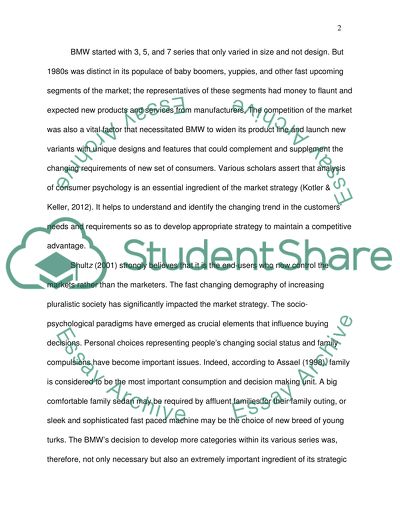Cite this document
(“BMW's Market Strategy Essay Example | Topics and Well Written Essays - 1500 words”, n.d.)
BMW's Market Strategy Essay Example | Topics and Well Written Essays - 1500 words. Retrieved from https://studentshare.org/marketing/1451287-bmw
BMW's Market Strategy Essay Example | Topics and Well Written Essays - 1500 words. Retrieved from https://studentshare.org/marketing/1451287-bmw
(BMW'S Market Strategy Essay Example | Topics and Well Written Essays - 1500 Words)
BMW'S Market Strategy Essay Example | Topics and Well Written Essays - 1500 Words. https://studentshare.org/marketing/1451287-bmw.
BMW'S Market Strategy Essay Example | Topics and Well Written Essays - 1500 Words. https://studentshare.org/marketing/1451287-bmw.
“BMW'S Market Strategy Essay Example | Topics and Well Written Essays - 1500 Words”, n.d. https://studentshare.org/marketing/1451287-bmw.


